What a Loose Tooth After an Injury Really Means and What to Do
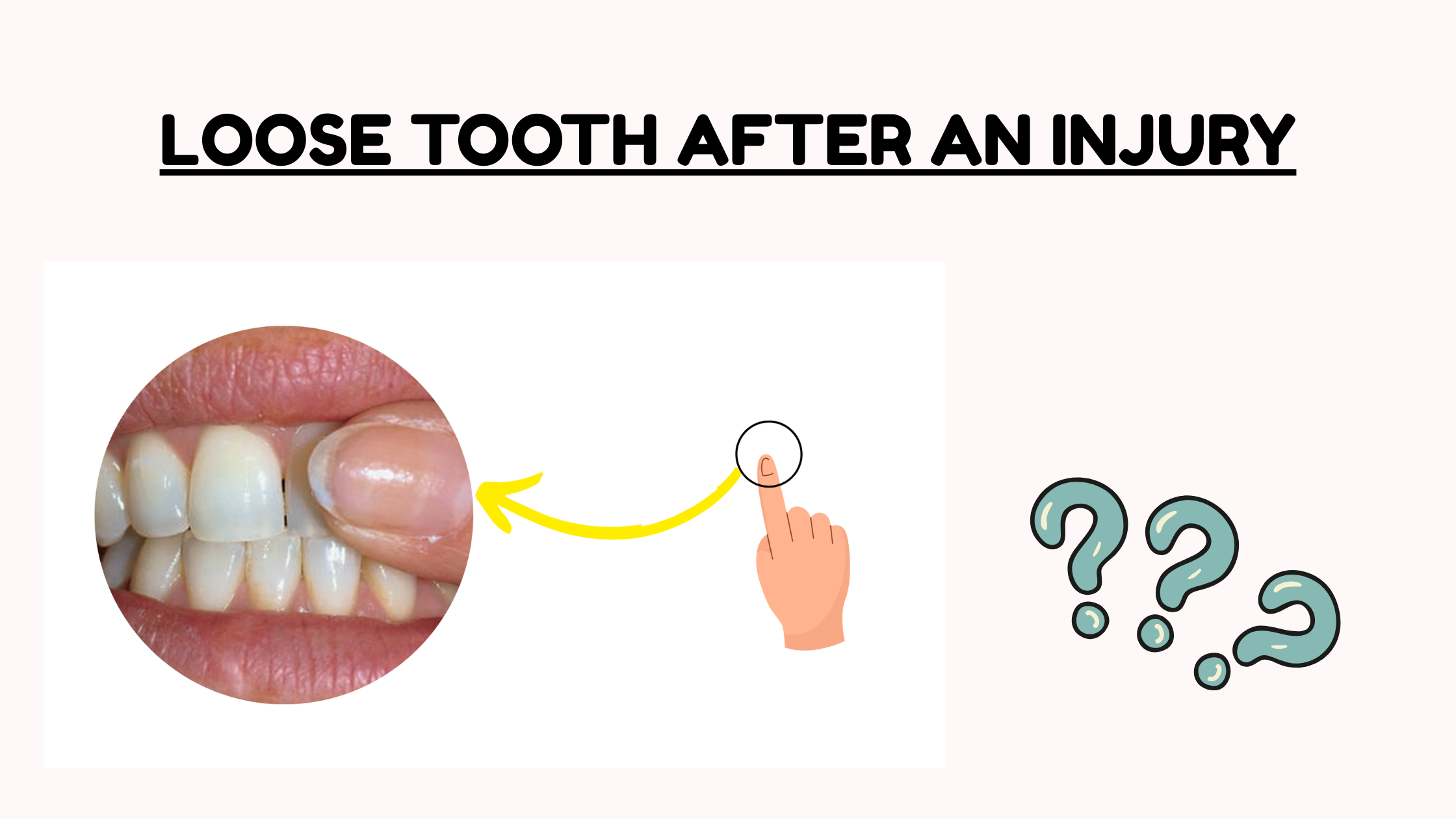 Dental injuries are common, and they can happen to anyone, whether from a blow, a fall, or an accident.
Dental injuries are common, and they can happen to anyone, whether from a blow, a fall, or an accident.
The type of injury depends on how strong the impact is and where it hits. For example, if a blow lands directly on the front teeth, it can lead to a loose tooth, a fracture, or in more serious cases, the tooth may be pushed out of its socket or completely knocked out.
In this article, we’ll focus on what happens when one or more teeth become loose—what it means, what to watch out for, and what steps to take right away.
1. Things You Must Know After Any Dental Injury
2. What Does It Mean When a Tooth Becomes Loose After an Injury?
3. What Are the Symptoms?
4. Will the Tooth Tighten Up?
5. More Severe Forms of Dental Injuries
6. Do You Need Treatment?
7. The Weeks After Treatment
Things You Must Know After Any Dental Injury
If you’ve experienced any kind of dental trauma, there are a few important things to keep in mind:- Don’t wait: The sooner you see a dentist, the better your chances of saving and repairing the tooth.
- Save any broken pieces: After an accident, check if any part of your tooth has broken off. If you find a piece, gently pick it up, rinse it, and store it in a glass of milk or place it under your tongue to keep it moist. Then see your dentist right away.
- Notice any changes in your bite: Does your bite feel different or off? That could mean a tooth has shifted out of position. A tooth that has moved is usually more serious than one that’s simply loose.
- Watch for signs of brain injury: Symptoms like blurred vision, headaches, unconsciousness, memory loss, or nausea could point to a brain injury. If you notice any of these, seek immediate medical help.
What Does It Mean When a Tooth Becomes Loose After an Injury?
When a tooth becomes loose after an injury, it’s usually a sign of a mild dental trauma called subluxation. It’s actually one of the least severe types of dental injuries. In many cases, it doesn’t even require treatment.Subluxation happens when the ligaments that hold the tooth in place are overstretched or partially torn. This causes the tooth to feel loose in its socket.
As long as the tooth hasn’t shifted and there’s no damage to the surrounding bone, the ligaments can heal on their own. The tooth usually tightens back up within 1 to 2 weeks without any intervention.
What Are the Symptoms?
In subluxation, the affected tooth (or teeth) may feel a bit loose when you gently push on them. You might also notice tenderness when biting down or chewing, and in some cases, there may be slight bleeding along the gum line.The teeth are just a little wobbly—they don’t shift or move out of place. If you do notice a change in your bite or see that a tooth has moved, this usually points to a more serious injury, possibly involving damage to the surrounding bone.
Will the Tooth Tighten Up?
If the tooth is loose but hasn’t moved out of place—and the bone around it is intact—it will usually tighten on its own, with or without treatment.However, if the tooth has shifted position or if there’s a fracture in the surrounding bone, immediate treatment is necessary to save it. In these cases, the dentist will need to reposition the tooth and stabilize it by splinting it to the neighboring teeth to help the tissues heal.
Without proper treatment, the tooth may stay loose, the bone may not heal correctly, and this could eventually lead to tooth loss.
That’s why it’s essential to see a dentist as soon as possible after any dental trauma to assess the damage and decide if treatment is needed.
More Severe Forms of Dental Injuries
In severe cases, the supporting bone may be damaged, or the ligaments holding the tooth may be severely torn. This can cause the tooth to move out of place or make your bite suddenly different.Unlike mild looseness (subluxation), these injuries do require immediate dental treatment. Here are some possible scenarios and how they’re usually treated:
1. The Tooth Has Tilted Forwards or Backwards
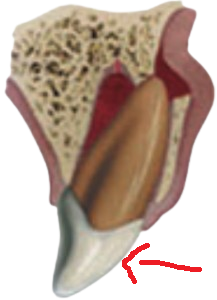
When a tooth is hit with too much force, it can shift and even fracture the surrounding bone. Often, the tooth ends up locked in an awkward position and can’t be moved.
To fix this, the dentist will unlock and reposition the tooth using their fingers or a dental instrument. A splint is then placed to hold the tooth in place while the bone and ligaments heal.
2. The Tooth Has Moved Upwards
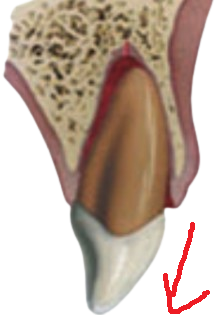
In this case, the tooth is pushed out of its socket because most of the ligaments holding it in place have been damaged. The tooth may feel loose, and tender, and may look longer or sit higher than usual.
Treatment involves gently repositioning the tooth back into its correct place and stabilizing it with a dental splint.
3. The Tooth Has Moved Downwards
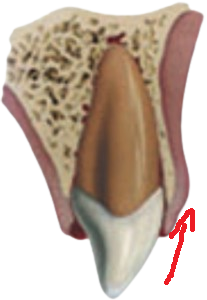
This injury is similar, except the tooth is pushed into the bone instead of out. It won’t move and will appear shorter than before.
Treatment may involve gently pulling the tooth back into place with a dental instrument. In children, sometimes the tooth can reposition itself naturally over time.
4. The Tooth Has Completely Fallen Out
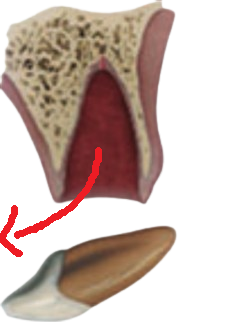
This happens when the tooth is fully knocked out of its socket. While it might sound alarming, the tooth can still be saved—if it's reinserted quickly.
The sooner it’s placed back into the socket, the better the chances of success. If the tooth stays out of the mouth for more than an hour, the chances of saving it drop significantly.
Do You Need Treatment?
Whether or not treatment is necessary depends on the type of injury. If the tooth is loose but hasn’t shifted or caused any bone damage, you may not need treatment at all.However, if the tooth is extremely loose, sensitive, and affecting your daily life, your dentist might recommend a dental splint. The splint will help hold the tooth in place while the ligaments heal.
In most cases, the splint will only be needed for about two weeks, as long as the main issue is the tooth’s mobility.
The Weeks After Treatment
After your treatment, it’s important to follow your dentist’s instructions carefully to help the tooth stabilize and reattach to the bone while minimizing the risk of complications.Maintaining excellent oral hygiene is key to keeping your mouth clean and promoting healing. Use a soft toothbrush to gently brush your teeth and rinse your mouth with salt water several times a day. If your dentist has prescribed a mouthwash, be sure to use it as directed.
In the beginning, the tooth may be painful, which can make cleaning difficult. Take it easy at first, and give the tooth time to settle and become less mobile. For the first week, stick to a liquid, soft, or blended diet. Once the pain subsides, you can gradually return to your normal eating habits.